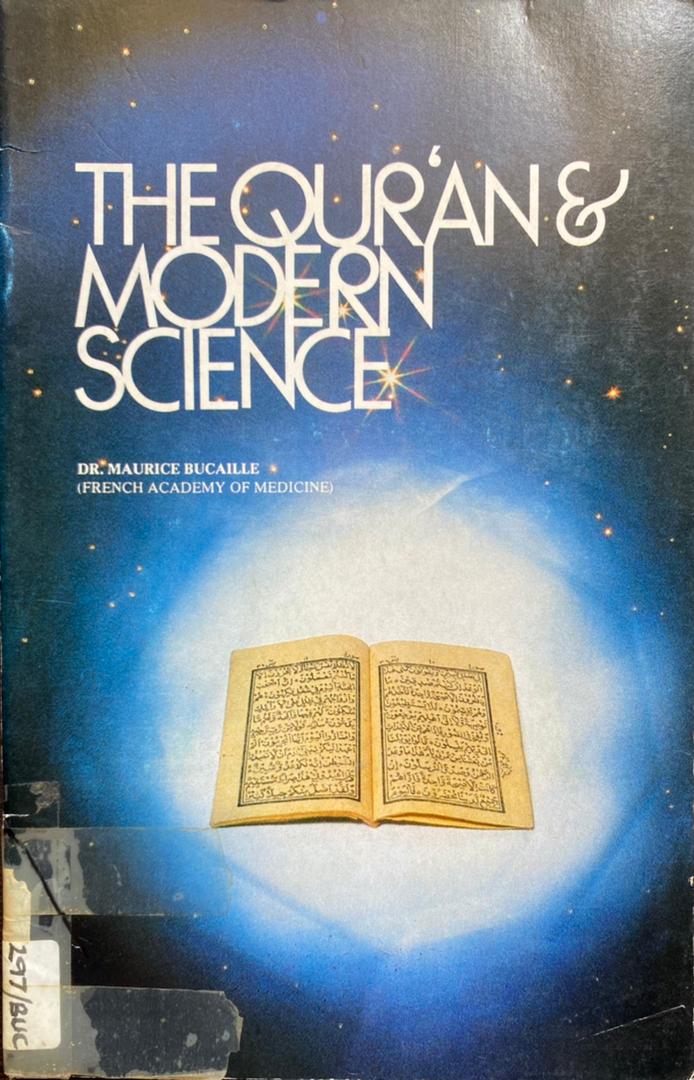What do you think?
Rate this book


22 pages, Paperback
First published January 1, 1977
"لقد أصبح واجباً على من يتصدى للتفسير العلمي للقرآن أن يرجع إلى البحوث والدراسات المتخصصة، وأن يستند - على الأقل - إلى دائرة معارف متسعة، وأعني بالمعارف العلمية هنا: ما أصبح في حكم الحقائق المؤكدة التي لا خلاف عليها، فلا يدخل فيها ما لم يتحقق بعد من نظريات قد يضعها العلماء للتفسير المؤقت لظواهر محدودة، قبل أن تنقضها ظواهر أو مفاهيم جديدة."
"ينبغي أن نؤكد أولاً أن القرآن الكريم - قبل كل شيء - كتاب هداية، لم ينزله الله مصدراً للمعارف العلمية، وإنما هو رسالة تستنهض العقل للتأمل في خلق الله، ونواميس الطبيعة ليتعرف من خلالها على جلال القدرة الإلهية. وفي خلال تدبر ذلك الكتاب يجد أولو العلم والبصيرة فيه من "الإشارات العلمية" المشرقة نفحات من الله - تعالى - تشد أزرهم في مواجهة دعاوي الإلحاد المادي المتهافتة، وإن تسربلت بعباءة العلم. والقرآن أيضاً هو البرهان الخالد، والمعجزة الشاهدة إلى آخر الزمان على صدق تنزيله من خالق الكون، سواء في إعجاز بيانه أو صدق معارفه، بما يقطع باستحالة صدوره من بشر."